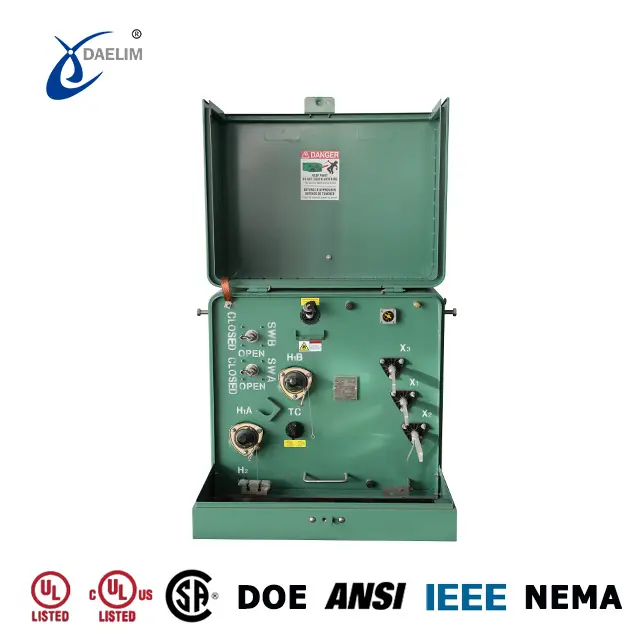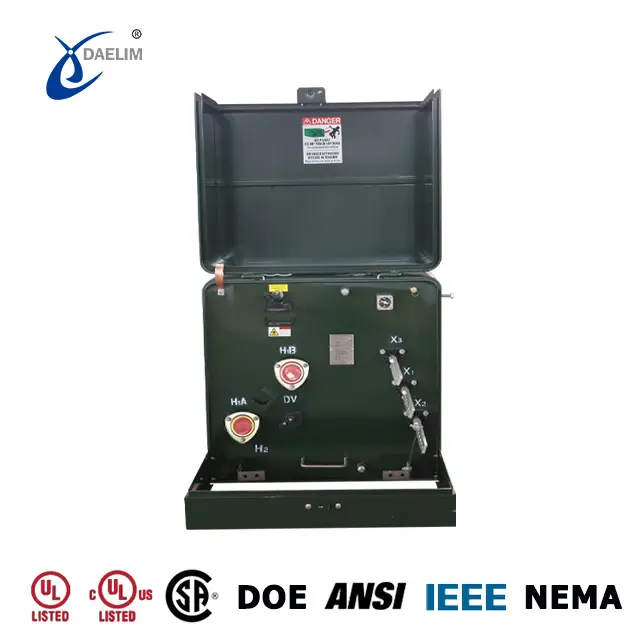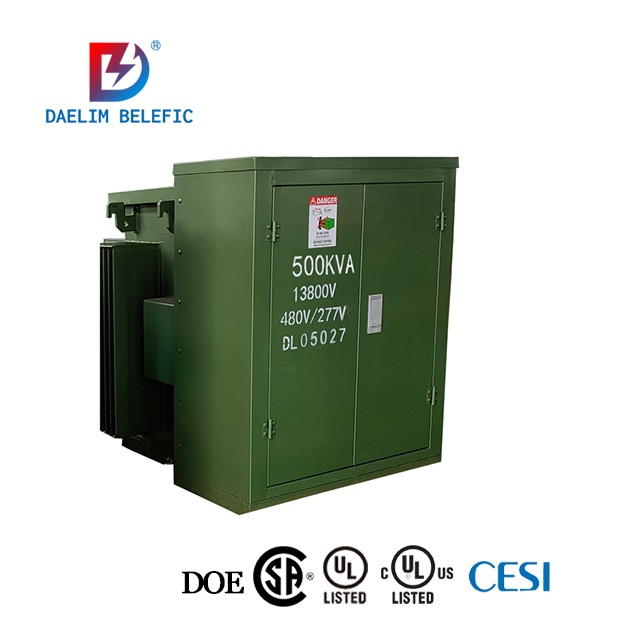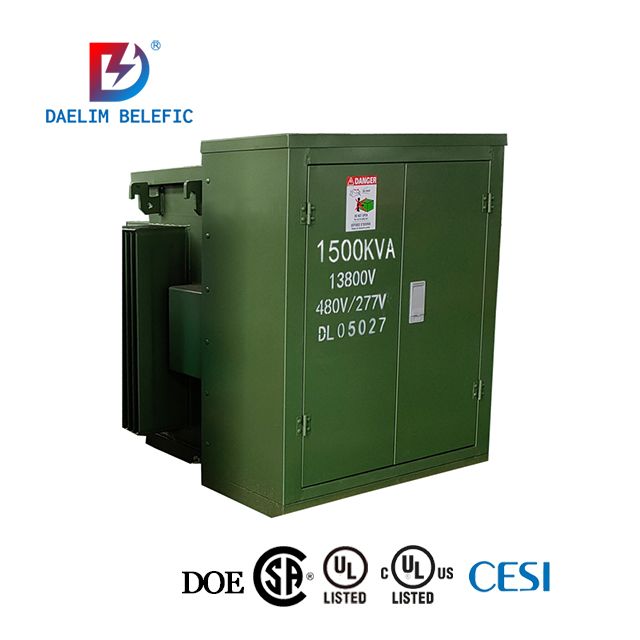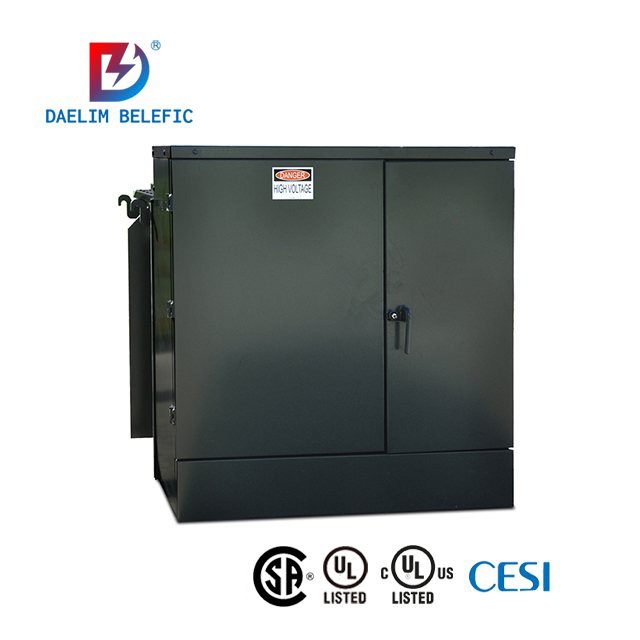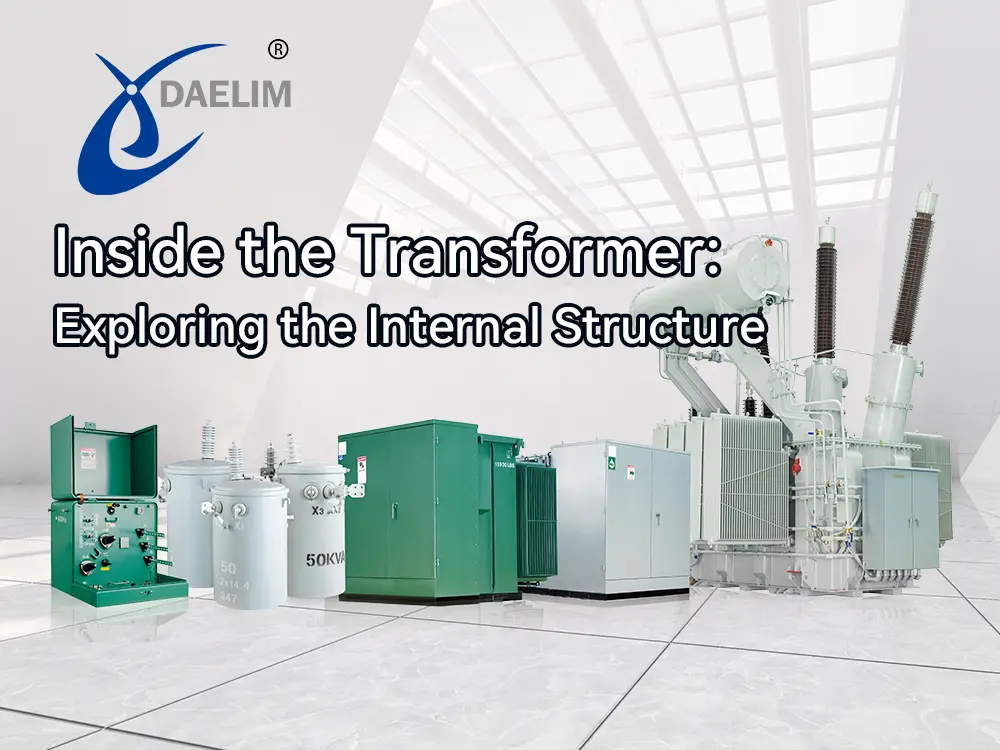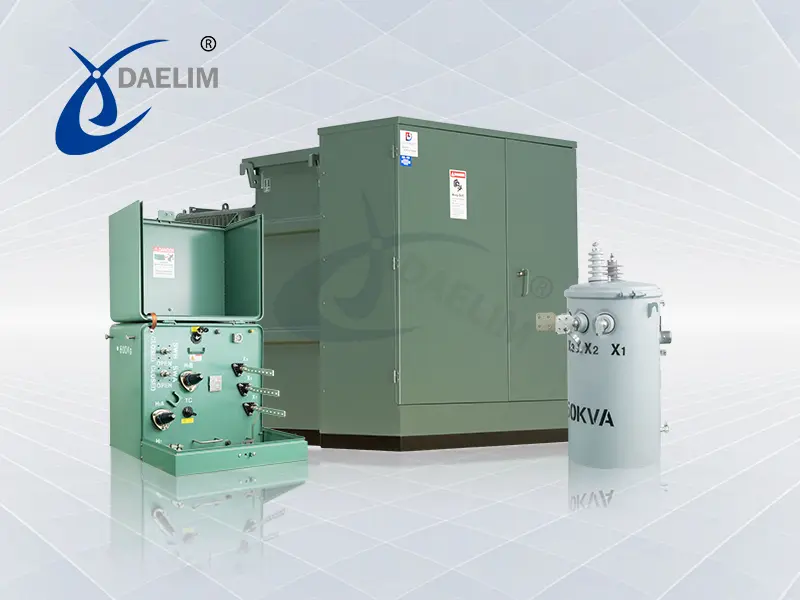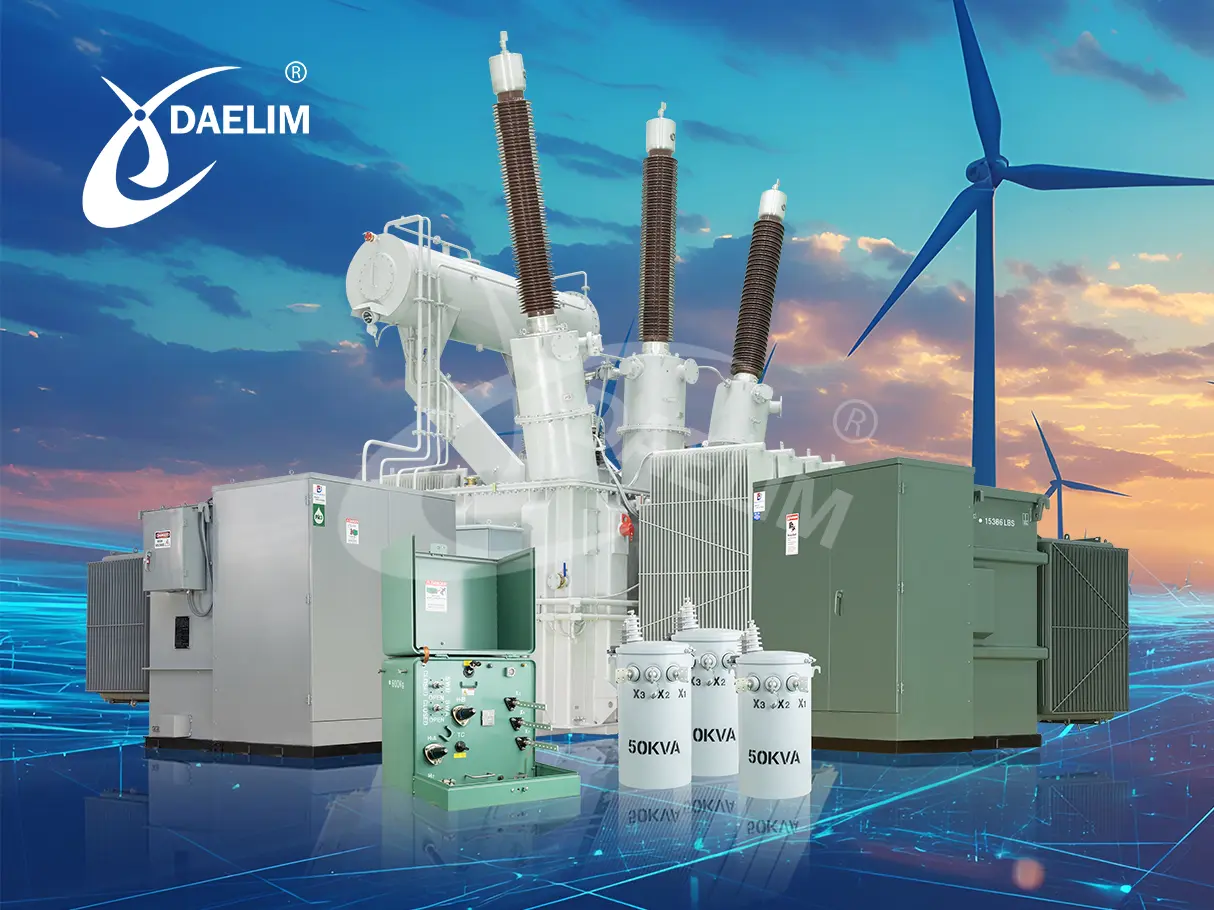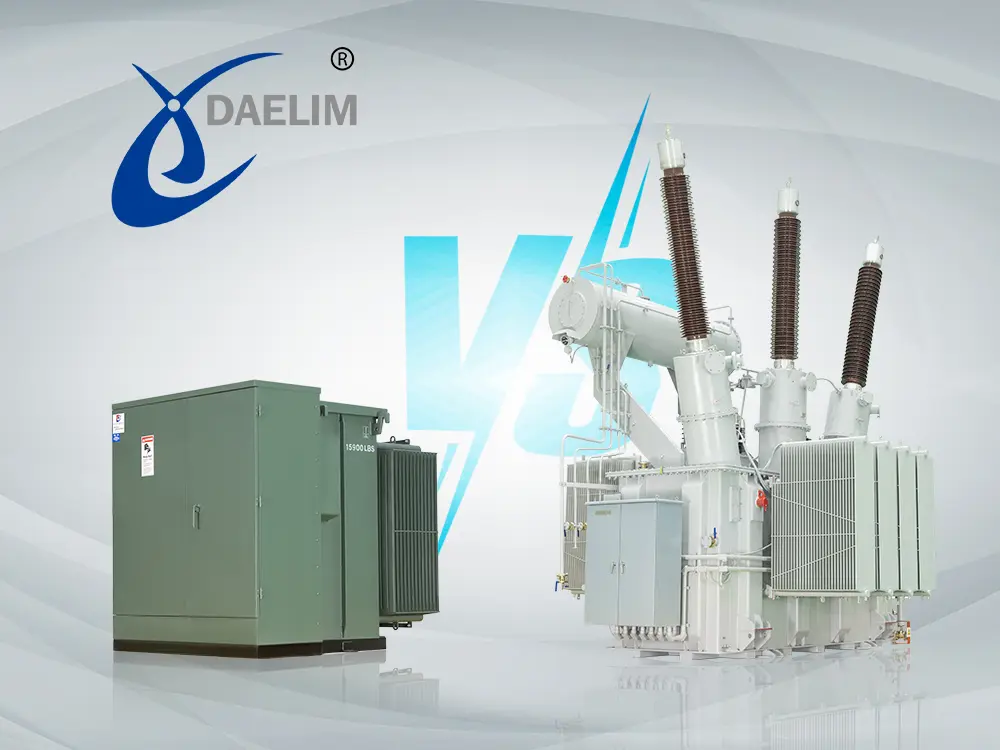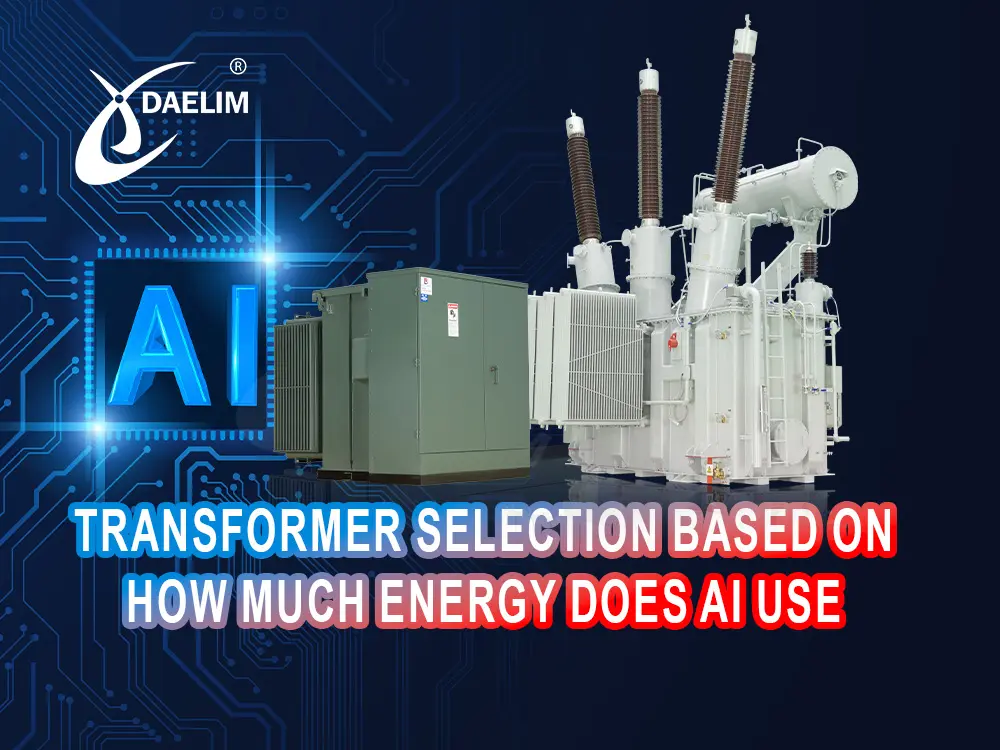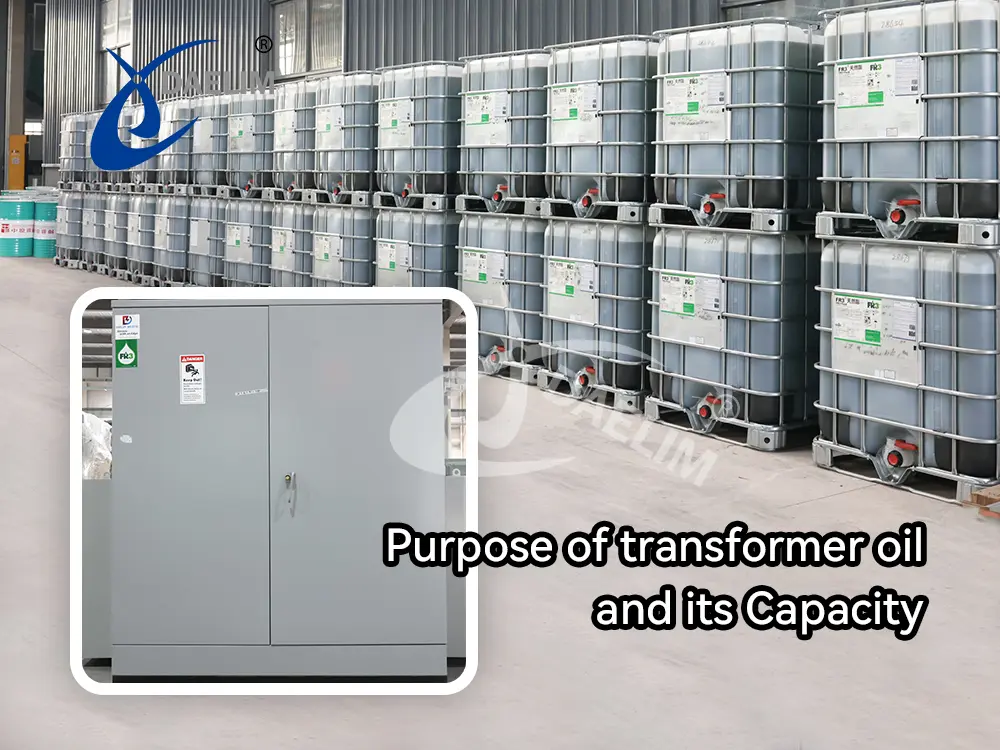Can You Convert Single Phase Transformer to Three Phase?
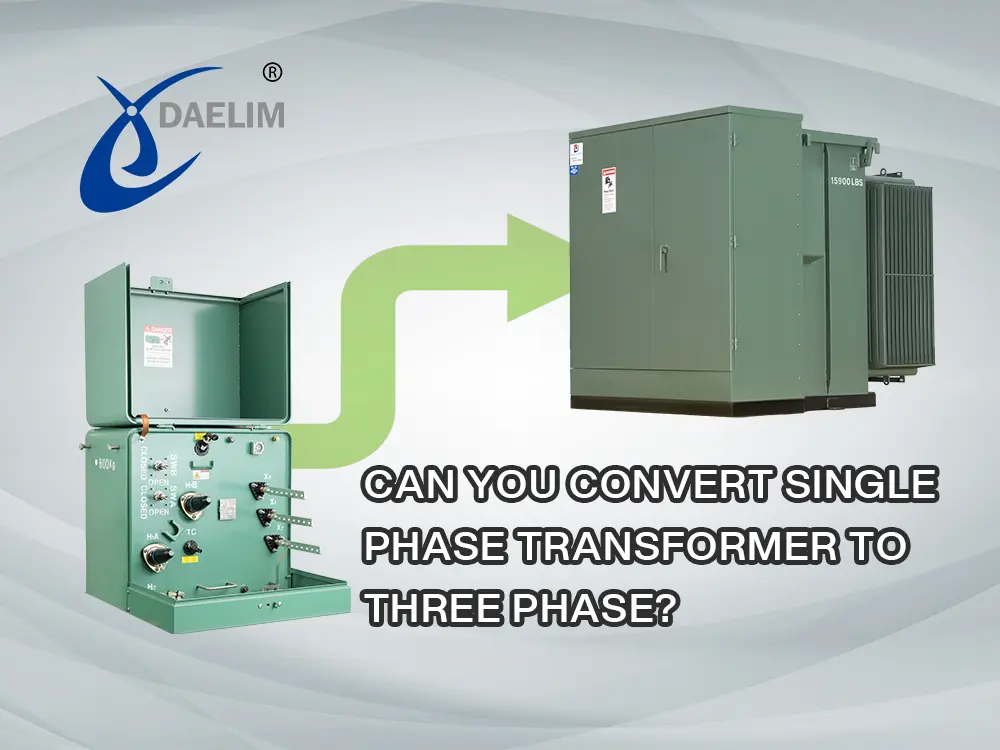
Transformers are an essential part of electricity distribution. In particular, the three-phase transformer is greatly in use by many industries and businesses to ensure power efficiency for heavier loads. You may have to upgrade from single to three-phase power if you are working on a new project requiring much power to ensure that you meet the increased demands in electricity.
In this guide, we will explore together if transformers can do this conversion, what the process is and if it's needed to upgrade your power supply.
Transformers are an essential part of electricity distribution. In particular, the three-phase transformer is greatly in use by many industries and businesses to ensure power efficiency for heavier loads. You may have to upgrade from single to three-phase power if you are working on a new project requiring much power to ensure that you meet the increased demands in electricity.
In this guide, we will explore together if transformers can do this conversion, what the process is and if it's needed to upgrade your power supply.
Contact Daelim TransformerCan a Single Phase Be Converted to Three Phase?
There's no question that your electrical system needs more power to run bigger machinery or equipment. Three-phase power, for instance, is a common feature of many factories and large buildings since it is powerful and a constant flow of electricity.
Well, the question is, can a transformer give you three-phase power when you only have single-phase power? And the answer is yes, you can; but indirectly. It needs to be said that with a single transformer, one can't take single phase power and convert it into three-phase power.
Nonetheless, you can connect the three-phase transformers in a configuration that functions as a three-phase transformer, called a "bank of transformers." It provides the power that large equipment needs.
You basically have to connect three single-phase transformers in such a manner as to form a three-phase transformer. It allows distributing power in a smooth manner, which saves costs without having to change the entire system.
Related Article:Single Phase Pole Mounted Transformer Project, Canada
Advantages of a Three-Phase Power System
A three-phase power system offers a whole lot of benefits, mainly if your business makes it a necessity to have large power. So, in case you are wondering what you can get from a three-phase power system, you can find them below:
1. More Efficient Power Delivery
Three-phase power can transfer more electricity even with less wiring. That said, it reduces energy loss and raises the system's efficiency.
This is a very big advantage to those companies that need strong and reliable power. Daelim's transformers have been optimized for maximum efficiency so that your equipment gets just the right amount of power without loss of energy.
2. Handles Higher Loads
Three-phase power makes it possible to operate heavy machinery and several devices at once without straining the system; it is ideal for factories, construction sites, and large businesses. Daelim high-quality three-phase transformers work under the heavy demands made by workloads and make sure that your operations will run smoothly.
3. Better Performance for Equipment
The machinery and equipment of three-phase systems usually last longer and work more efficiently since the power is balanced and constant, which in turn prevents sudden stops or failures. Daelim provides efficient transformer solutions in the form of single-to-three-phase transformers to help your industrial machinery and tools perform better.
The transformer solutions provided by Daelim allow you to make your power system both efficient and reliable under heavy loads in order to make your business both productive and successful.
Learn more:Transformer Solutions for Electricity Generation
Considerations Before Upgrading from Single Phase to 3 Phase Converter
It's better to check if coupling single-phase transformers will fit your purpose before switching to a three-phase system. Not all setups are convertible; understanding the requirements saves you time and money.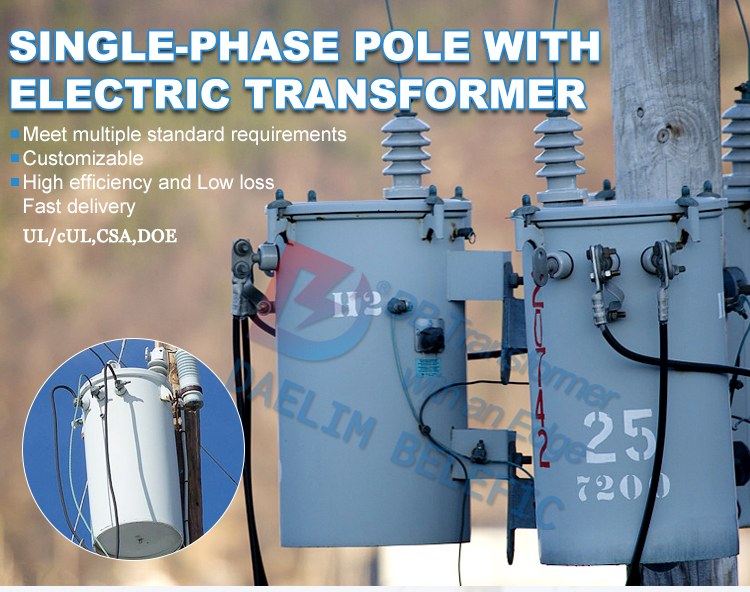
1. Power Needs: First, find out if the power need has increased. Three-phase transformers are to carry bigger equipment and provide for heavier loads.
2. Upgrade Cost: A three-stage upgrade will also entail a higher capital investment in the purchase of equipment and installations. Weigh the long-term benefit against the up-front cost.
3. Infrastructure Compatibility: You have to have a three-phase compatible electrical system. Most likely, you will need to install new wiring and circuit breakers.
4. Space and Installation: Three-phase transformers are bulkier and may need more space to install. Check if your space can accommodate the new setup.
5. Equipment Needs: Three-phase power is helpful with heavy machinery, motors and industrial equipment. Make sure your operations will make good use of this capacity.
6. Downtime: Consider potential downtime in installation—schedule upgrades to be done during low-demand periods or have backup power available.
7. Future Expansion: If growth is in the future, upgrading to three-phase now may save potential capacity problems later. Properly planned, the upgrade will be more efficient and will satisfy your power needs.
Learn more:The Ultimate Guide to Three Phase Transformer
When Should You Use Single-Phase to Three-Phase Conversion?
Your current power system may not be strong enough to handle all of the equipment you need. Upgrading from single-phase to three-phase power will solve the problem. It delivers more power, keeps machines running smoothly, and prevents down time.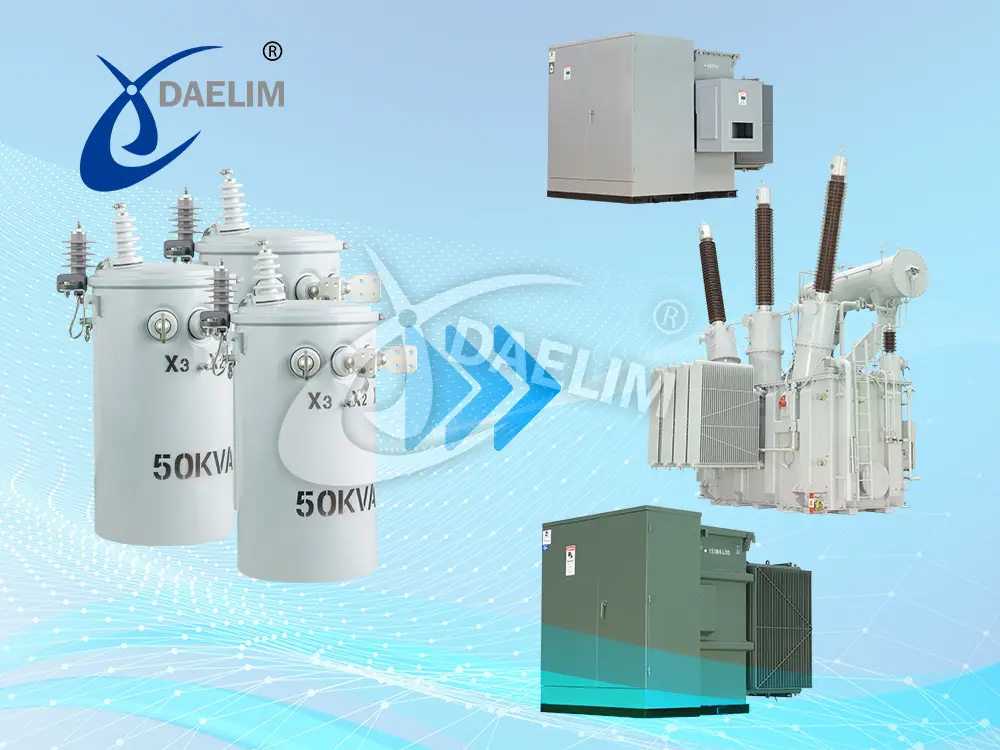
1. When You Need More Power
In the event that your machinery or equipment requires more power to run, then the three-phase power can be handy. Three-phase systems could handle bigger loads and thus are perfect for heavy machinery or larger motors.
2. For Smoother and More Reliable Power
Three-phase power smooths out the flow of electricity, so your equipment runs more efficiently and lasts longer because it will not have to endure those power dips.
3. When Expanding Your Business
If your business is growing and you’re adding more equipment, three-phase power can help meet the higher demand without overloading the system.
Industries That Typically Use Three-Phase Power
- Manufacturing Facilities – Bigger machinery requires more energy to run.
- Farms – Three-phase power is more efficient for equipment such as irrigation pumps and grain dryers.
- Data Centers – These centers use three-phase power to keep computers and servers running smoothly.
- Oil and Gas – Heavy drilling and pumping equipment depend on stable, high-power systems.
In need of a three-phase transformer for your business? Daelim is your partner in trusted power solutions, offering three-phase transformers certified by UL/CUL. We take pride in the fact that we are an industry leader in this field and have exported more than 5,000 units around the world. Experience in leading industries, such as renewable energy and data centers, guarantees your system will always be at its best.
Reading more:What do you need to know about power pole transformer ?
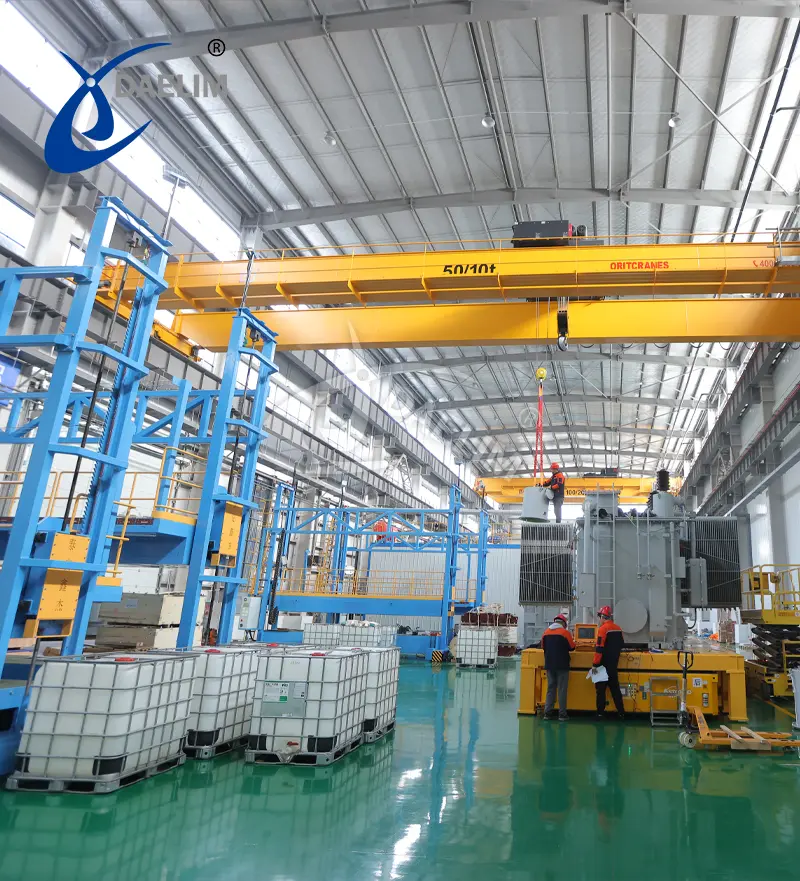
Why Choose Daelim Transformer?
Daelim Transformer is a well-established, key player in the electrical industry, with high-quality transformer solutions for various applications. As a UL/CUL-certified manufacturer, Daelim has been approved by both U.S. and Canadian markets for supplying efficient and reliable transformers—be it for power, pad-mounted, or single-phase units.
With over 5,000 units exported every year to North America and Europe, Daelim has experience in a variety of industries, including renewable energy (BESS, solar, wind), utilities, data centers, and oil & gas. Its factory capacity ranges up to 230 kV and 280 MVA for any big-sized projects.
What Sets Daelim Apart:
- Extensive Industry Reach – Serving Fortune 500 companies and key sectors.
- Wide Product Range – From power transformers to pad-mounted and single-phase solutions.
- High Capacity – Factory capabilities up to 230 kV and 280 MVA.
- Global Certifications – ISO 9001:2008, CSA, CESI, and UL/CUL.
Daelim's professional team is trained continuously to assure top service and innovative solutions. Be it repair, refurbishment, or new transformer installations, Daelim has the expertise and reliability you can count on.
Conclusion
Three single-phase transformers can create a three-phase power system when necessary, to offer a cost-effective solution—be it long or short term. It meets increased power demands while fending off the necessity to make a large investment in a dedicated three-phase transformer upfront.
If your business is considering this upgrade, Daelim Transformer offers reliable single-phase and three-phase solutions to match your needs. Contact us today to find the right transformer setup for your operation and ensure smooth, efficient power distribution.
Related Products
Related Article
Inside the Transformer: Exploring the Internal Structure
Transformers are complex devices with a core, windings, and cooling systems that regulate electricity efficiently. Their internal structure varies by type, such as oil-filled or dry transformers, featuring specific winding styles (e.g., helical, disc) and cooling mechanisms (e.g., oil-forced, air-natural). Design depends on power ratings, voltage, and application, ensuring optimal performance in power generation and distribution.
Introduction to Auxiliary Transformers
Auxiliary transformers are specialized transformers designed to power auxiliary equipment in power plants, substations, and renewable energy systems. They step down electricity for safe use in sensitive systems, available in dry, oil-immersed, stationary, and portable types. Key features include compact design, efficient cooling, and protective mechanisms, ensuring reliable operation in diverse applications.
Introduction to Transformer Inspection
Transformer inspection is a vital process to ensure the optimal performance, safety, and longevity of electrical transformers. It involves visual checks, electrical testing, thermal imaging, and oil analysis to detect issues early, reduce downtime, and comply with regulations. Advanced tools like sensors, drones, and digital monitoring enhance inspection efficiency and accuracy.
Power Transformer vs Distribution Transformer
Power transformers regulate high-voltage electricity from power plants to distribution centers, operating at maximum load with high efficiency (95-99%). Distribution transformers step down voltage for residential/industrial use, operating at lower loads and efficiency (50-70%). They differ in size, insulation, cooling methods, and applications, ensuring efficient electricity distribution.
Transformer Selection based on How much energy does AI use
AI's rapid growth significantly increases energy demand, with AI systems, data centers, and cryptocurrencies consuming 460 TWh in 2022, expected to double by 2026. Key factors include model complexity, computational infrastructure, and cooling needs. Transformers are crucial for stable, efficient power supply, requiring careful selection for AI's high and fluctuating energy demands.
Purpose of transformer oil and its Capacity
Transformer oil is essential for cooling, insulation, and isolation in oil-type transformers. Its quantity depends on transformer type, size, power rating, and operating conditions. Proper oil capacity ensures efficient heat dissipation, prevents short circuits, and protects against environmental factors. International standards like IEC, ASTM, and BS EN regulate oil specifications and testing. Accurate oil capacity is critical for transformer performance and longevity.

